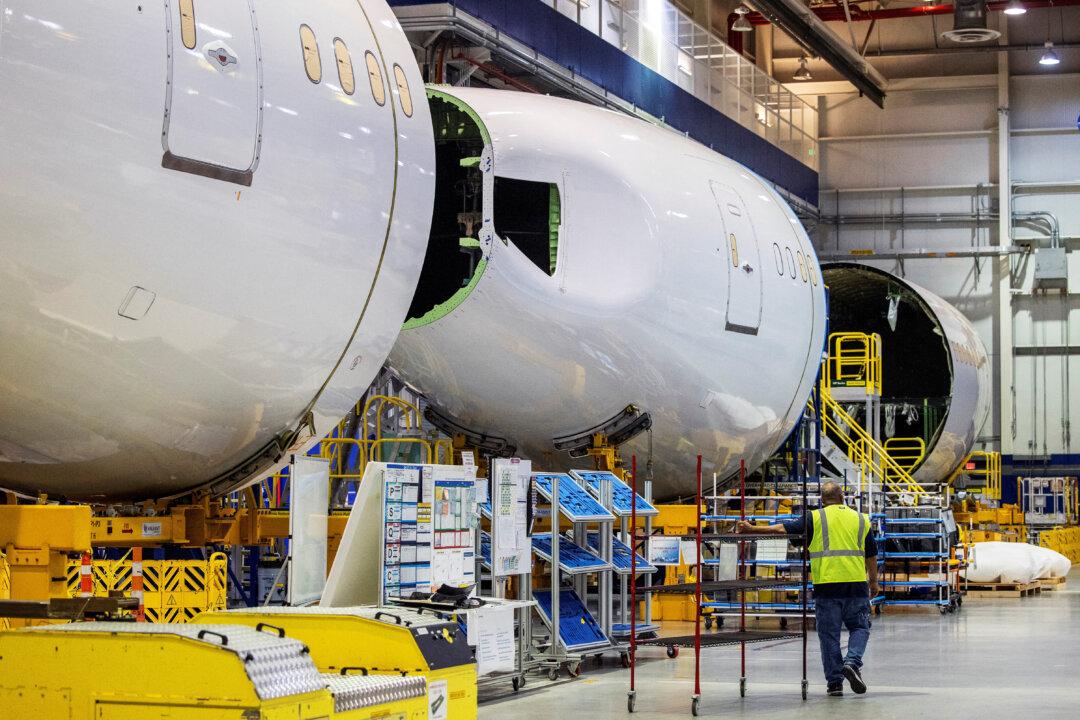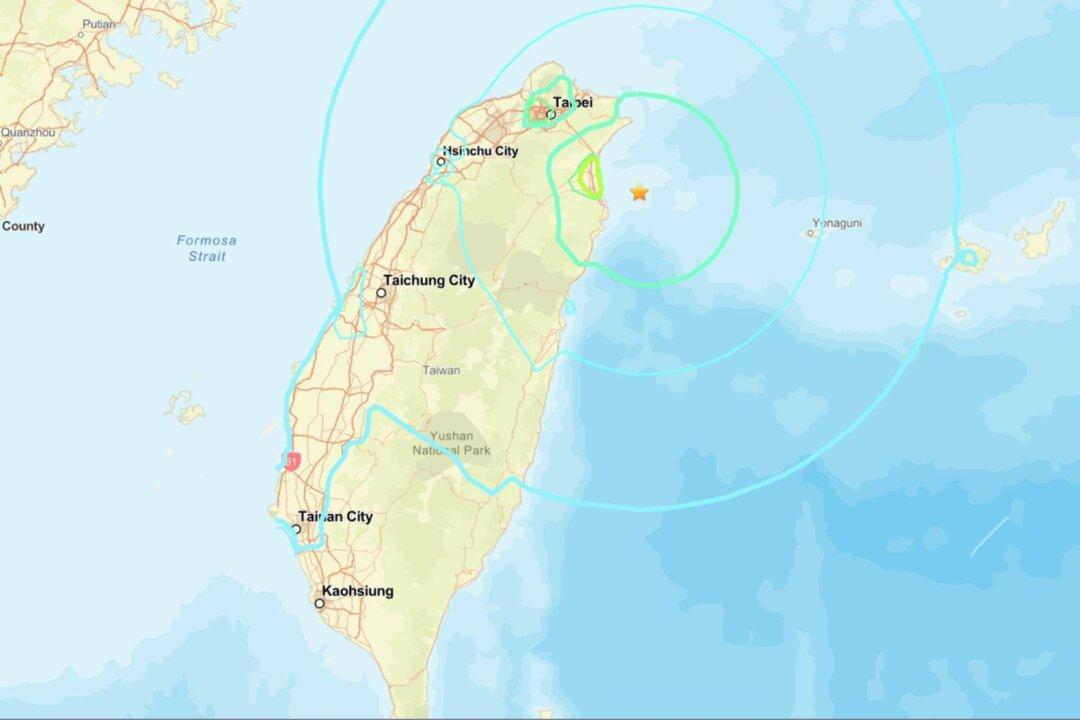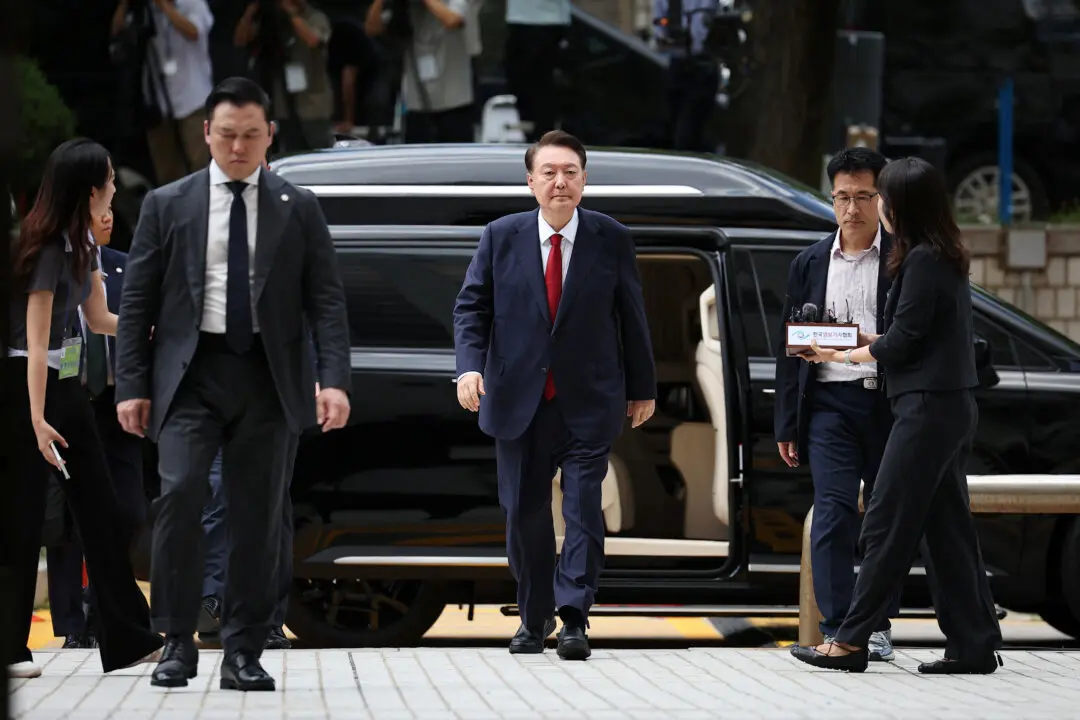WASHINGTON—The U.S. Federal Aviation Administration said on Monday it would require inspections of Boeing 787 Dreamliners following an incident in March when a LATAM Airlines plane went into a sudden mid-air dive that injured more than 50 passengers.
The FAA said the apparent reason for the dive was the uncommanded movement of the captain’s seat, which caused the auto-pilot to disconnect. The agency said it had received a total of five reports of similar problems with the captain and first officer seats on 787s, the most recent in June, and two remain under investigation.





